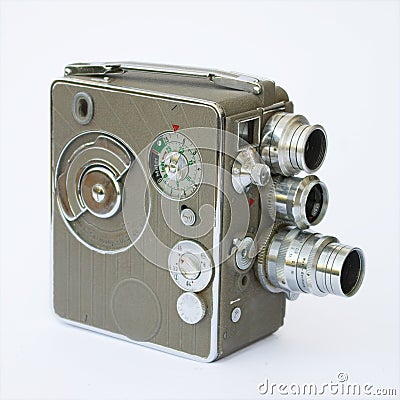In this post I will be addressing the topic of digital imaging.
Digital images are stored, transferred and manipulated using many different forms of information technology. There is hardware – “the physical aspect of computers, telecommunications, and other devices” (Hardware, 1997) ; and there is also software – “a general term for the various kinds of programs used to operate computers and related devices” (Software, 1997) . Hardware that I am familiar with is computers, digital cameras, cell-phone, IPod, external hard-drive and USB. These are everyday types of hardware that I use in order to be able to do my work and communicate with other people. Software that I am familiar with are web-programs such as Facebook, Skype, hotmail, online-banking and Google. Also programs on my laptop such as Microsoft Word and I-Tunes. Digital imaging is used in many ways to provide information and recording. For example, through capturing pictures and videos, they can be shown to others to provide information of an event, place or person. Digital imagining can be used to provide information in places such as newspapers, magazines and websites for everyone to see and understand. These can then be stored and recorded on computers, disks or hard-drive so that they do not get lost.
“A new technology is rarely superior to an old one in every feature.”
I believe that this quote can be both true and false. Digital camera technology these days has improved and progressed significantly from the old days of having to carry around huge cameras, taking 10minutes to get it in the exact right spot and actually taking the photo. These days digital cameras have every type of feature you need, including taking out red-eye, zooming in and out to crazy levels, smile detectors and almost anything you can think of that can make photography easier and pretty much to perfection of what you want. However, the negative of a digital camera is that it takes away the urge to get the photos printed. If you’re like me, you just upload them to a hard-drive or your computer and they just stay as files, rather than as printed pictures. With the traditional film-based cameras, there was no other option other than going to the store and getting the pictures printed out; therefore keeping memories in photo albums and the like. This was, however, also very expensive. Therefore, I would not say that the new technology in digital imaging technology is superior to that of the old technology, but it is different with its’ own positives and negatives.
From cameras such as this...

(Dreamstime, 2011)
To cameras like this....
(C. W Services Limited, 2011)
With the new digital camera technology, however, there are many ethical issues that can arise through their use. Firstly, the main issue would be gaining consent from individuals appearing in photos. With the amount of photos that are taken these days, and the ease at which they are taken at, photos can be taken and distributed on places all over the web, without the consent of those in them. Also the issue of intellectual property can arise with the use of digital camera technologies. This is when the photos taken get displayed and distributed over the internet, for anyone and everyone to use without the permission of the original photographer. Refer back to my first blog for clearer definitions of both of these issues.
Digital images are being used quite commonly in Occupational Therapy. They can be used when a home, environment or equipment needs adapting. In this situation, the digital images would be taken from the environment, in order to prove what needs to be changed and to make plans of how it will be changed. Digital images are also used in everyday therapy. For example, videos to show the improvement from a clients therapy session or videos to show a client how to do an activity during the session. Also, many occupational therapists use videos or pictures to explain things to each other. Occupational therapists from all over the world upload videos to places such as YouTube or blogs and then other Occupational Therapists are able to see these, comment and use them if it’s what they are looking for. For example, here is a video link which shows one girls’ journey through therapy and why and how she was getting the therapy; which can be useful to other O.T’s: http://www.youtube.com/watch?v=oL2yRE107IE
C. W Services Limited. (2011). Retrieved April 24th, 2011, from Google Images: http://www.google.co.nz/imgres?imgurl=http://www.camerarepairs.co.nz/images/fujifilm-fdz5-digital-camera.jpg&imgrefurl=http://www.camerarepairs.co.nz/Services.html&usg=__-WRgVFOSVem94JCpfOOKYvhVGWk=&h=332&w=450&sz=91&hl=en&start=0&zoom=1&tbnid=rVMQjunnO4h
Dreamstime. (2011). Retrieved April 23rd, 2011, from Google Images: http://www.google.co.nz/imgres?imgurl=http://www.dreamstime.com/old-film-camera-thumb1236067.jpg&imgrefurl=http://www.dreamstime.com/royalty-free-stock-photography-old-film-camera-image1236067&usg=__hQPpKltYE6avwENZob1bYwsCH8g=&h=400&w=400&sz=32&hl=en&sta
Hardware. (1997, November). Retrieved April 23rd, 2011, from CIO: http://searchcio-midmarket.techtarget.com/definition/hardware
Software. (1997, November). Retrieved April 22, 2011, from CIO: http://searchsoa.techtarget.com/definition/software

nice old school camera
ReplyDelete